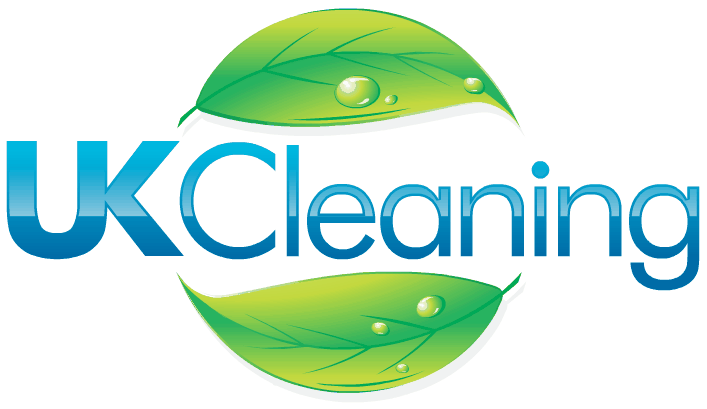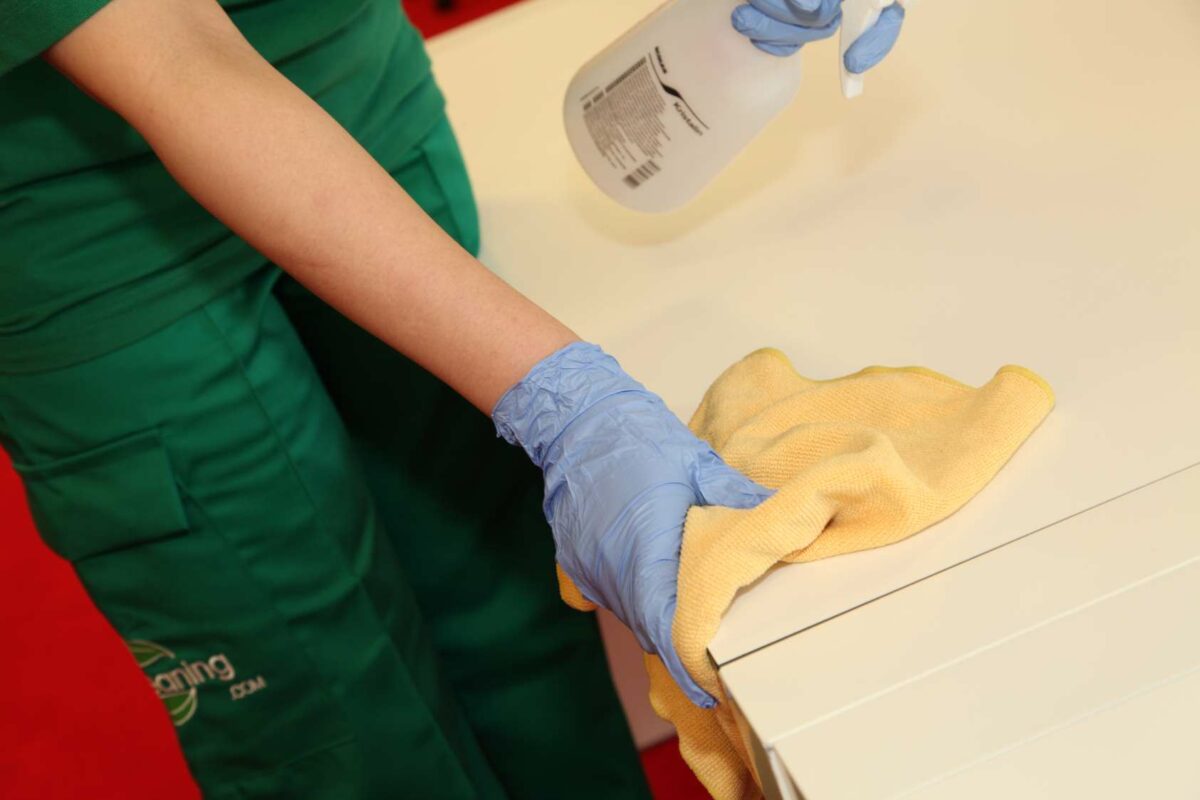Historical Hygiene (15 fun facts about soap) 1. The first record of soap use was around 3000 BC. Sumerians were using soap solutions of water and ash mixed with animal fat to clean dishes and wool (in preparation for dyeing). 2. Soap was initially used as a medicinal agent. The Ebers Papyrus, a medical document circa.1500 BC, describes a mixture …
How to remove Limescale from your kettle
HOW TO: Remove Limescale From Your Kettle.
The Loo Sneezed. Wait, what?!
“Atishoo!” “Gesundheid!” When someone sneezes next to you, your first response may be, “Bless you” or, “Gesundheid” (especially if you are German), meaning, health. It’s simple sneeze etiquette to respond in this way. If this sneeze scenario occurs with a work colleague, a friendly response is de rigueur. If the person sneezing does so constantly throughout the day, you might …
3 Reasons to Keep a Clean Clinic
Superbugs like MRSA and ESBLs, as well as fungi and parasites, cross contaminating patients in health care and dental settings heralded the advent of Quality Care Commission’s (CQC) now regular inspections of such facilities. A document produced by the NHS Wales states that high standards of cleanliness are necessary to help reduce the risk of cross-infection. However, there is more …
How Clean Is Your Office?
Deadly Desks and Bacteria Ridden Break Rooms – Dishing The Dirt On Office Hygiene Unseen dirt is a haven for bacteria and viruses that cause sickness. You may not suspect just how much of it lurks in the average office space. You come to work – a place where you likely spend one-third of your life – you type on …
- Page 2 of 2
- 1
- 2





